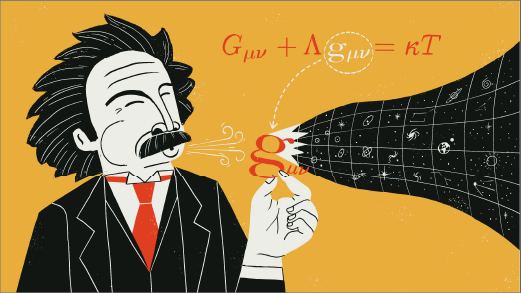What's up in
Mathematics
Latest Articles
Math Is Still Catching Up to the Mysterious Genius of Srinivasa Ramanujan
Born poor in colonial India and dead at 32, Ramanujan had fantastical, out-of-nowhere visions that continue to shape the field today.
Big Advance on Simple-Sounding Math Problem Was a Century in the Making
A new proof about prime numbers illuminates the subtle relationship between addition and multiplication — and raises hopes for progress on the famous abc conjecture.
When Data Is Missing, Scientists Guess. Then Guess Again.
Across the social and biological sciences, statisticians use a technique that leverages randomness to deal with the unknown.
Mathematicians Discover New Shapes to Solve Decades-Old Geometry Problem
Mathematicians have long wondered how “shapes of constant width” behave in higher dimensions. A surprisingly simple construction has given them an answer.
‘Groups’ Underpin Modern Math. Here’s How They Work.
What do the integers have in common with the symmetries of a triangle? In the 19th century, mathematicians invented groups as an answer to this question.
Perplexing the Web, One Probability Puzzle at a Time
The mathematician Daniel Litt has driven social media users to distraction with a series of simple-seeming but counterintuitive probability puzzles.
Mathematicians Prove Hawking Wrong About the Most Extreme Black Holes
For decades, extremal black holes were considered mathematically impossible. A new proof reveals otherwise.
The Geometric Tool That Solved Einstein’s Relativity Problem
Tensors are used all over math and science to reveal hidden geometric truths. What are they?
Grad Students Find Inevitable Patterns in Big Sets of Numbers
A new proof marks the first progress in decades on a problem about how order emerges from disorder.








